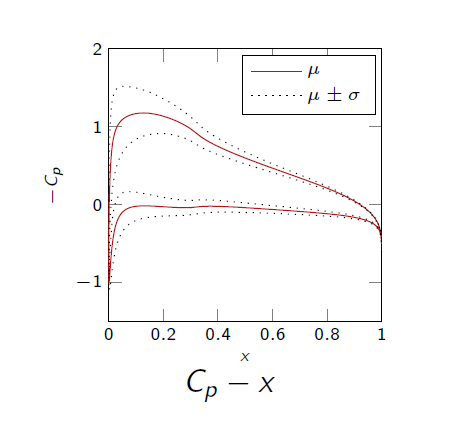Euros
The EUROS Programme in a nutshell
Present costs of offshore wind energy go down rapidly, but further reduction is necessary to reach the Dutch National Energy Agreement goal for the share of renewables in total energy production. EUROS focuses on major cost factors: design, construction and logistics of installation and maintenance. The main target is to reduce uncertainties that cause over-conservative safety factors in design, and similarly to improve the efficiency in installation and maintenance logistics by applying the most advanced planning and costing models.
EUROS consist of three closely linked projects:
External conditions: resulting in advanced probability models for wind and waves—including their correlation—, extended weather forecasts to create more freedom in logistical planning, and efficient numerical techniques—uncertainty propagation—to translate the uncertainties in external conditions into loads on the offshore wind turbines.
Loads and damage: resulting in a protocol for smart monitoring of loads and damage on the constructions, models to connect monitoring results to damage development—so the consumption of the design-lifetime is known—, and advanced physical models for crack initiation, crack propagation, and seabed erosion.
Wind farm design optimisation: resulting in integral uncertainty maps on wind farm level—including the introduction of probabilistic planning and costing of logistics—identifying the best options for cost reduction.

Uncertainty propagation in a nutshell
The forces acting on a wind turbine are highly irregular. For example, wind and temperature can vary a lot throughout the day. The impact of these forces on the life time of the turbine are important to assess on beforehand.
We can consider two types of uncertainties. The first type is the uncertainty described above: wind, waves, temperature, and other environmental uncertainties. Although we can predict these uncertainties up to a certain level, we cannot influence them: weather conditions will always be irregular.
On contrary, if we model our wind turbine using some computer software, we make assumptions and simplifications. Simply said, we cannot take all things influencing the turbine into account because they are too complex or simply because we do not know them. These type of uncertainties can be influenced: if we take more physical conditions into account, the uncertainty in our model will be reduced. However, this will cost time and money.
Combining both environmental uncertainties and uncertainties in the computer program is the key aspect of this work package. Improvements are made upon existing (naive) approaches, such that both the uncertainty can be quantified and its influence can be assessed.
